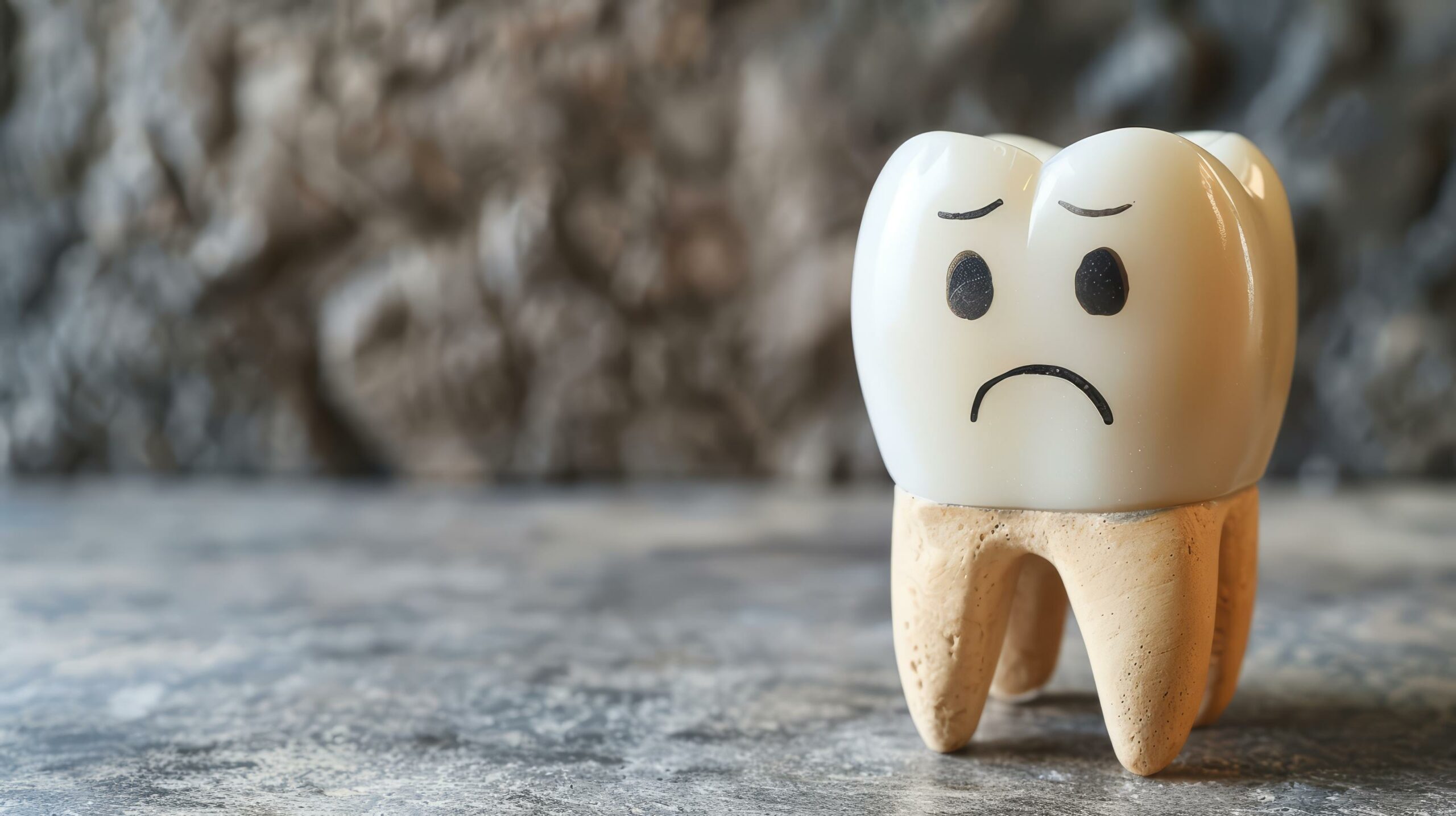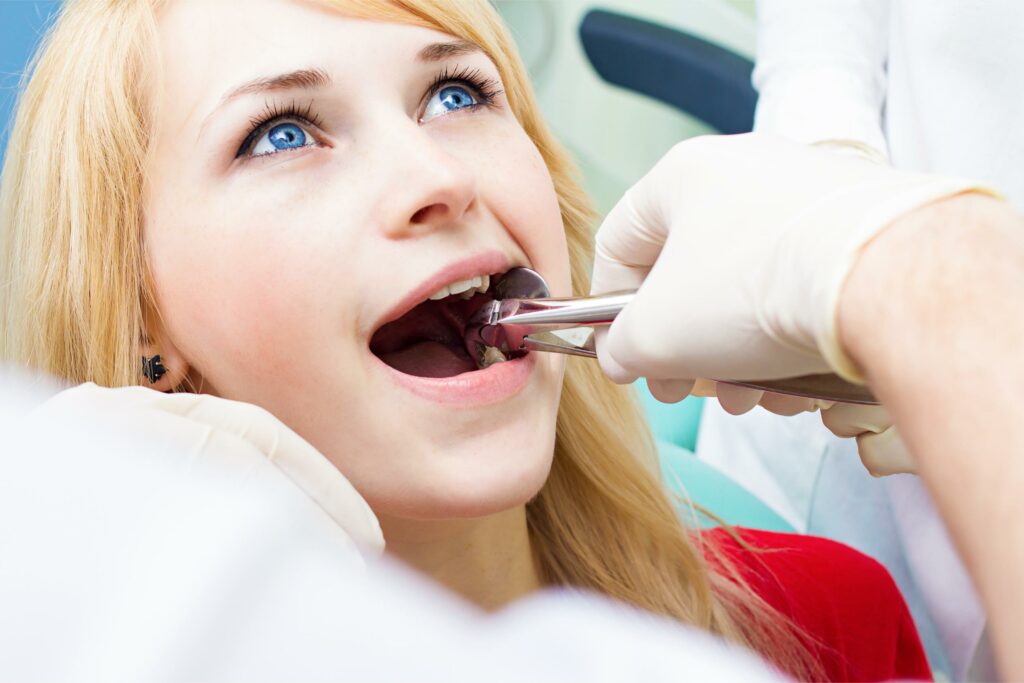When you’re told you might need teeth extracted as part of your orthodontic treatment, it can be a little unnerving. Let’s be real—nobody likes the idea of having teeth pulled! But sometimes, extractions are necessary to achieve the best results. Let’s break down why it happens and whether or not it might be something you need to consider.
Table of Contents
Why Do Orthodontists Recommend Teeth Extractions?
One of the most common reasons for teeth removal during orthodontic treatment is overcrowding. If your teeth are jostling for space and overlapping, there might simply not be enough room for them to align properly. In mild cases, techniques like Interproximal Reduction (IPR), where small amounts of enamel are shaved off, can create enough space. But for more severe crowding, extractions are often the best way forward.
For example, in cases where the arch of your jaw is too small to accommodate all of your teeth, an orthodontist might suggest removing one or more teeth. This frees up the necessary room to get everything lined up perfectly, without pushing the teeth too far forward, which can sometimes make them appear bucked.
Is Tooth Extraction Always Necessary?
Not always. Every case is different. If your crowding is minor, your orthodontist might recommend alternatives like expansion appliances or the aforementioned IPR. This way, they can gain the extra room needed without removing any teeth. For instance, some patients are great candidates for self-ligating braces, which can offer enough space expansion without the need for pulling teeth. On the flip side, if your crowding is more severe, extractions might be unavoidable. Your orthodontist will assess the structure of your teeth, your jaw size, and even your smile line to make the best decision.
What If I Still Have Baby Teeth?
Baby teeth, also known as milk teeth, can sometimes stick around longer than they should. If you still have some lingering baby teeth when you’re starting orthodontic treatment, they might need to be removed, especially if the adult teeth underneath haven’t erupted yet. In some cases, these teeth fall out naturally as treatment progresses, but it depends on your situation.
Are There Risks Involved?
The idea of getting teeth pulled can feel daunting, but here’s the good news—when extractions are performed by a skilled orthodontist, they’re very safe. There might be some mild discomfort afterward (think a day or two of tenderness), but most patients bounce back quickly.
There’s a common fear that removing teeth can negatively affect your smile or the structure of your face, but modern orthodontic treatments are designed to ensure that your smile is well-balanced and aesthetically pleasing. In fact, a well-timed extraction can prevent issues like gum recession or bone loss, which can occur if crowded teeth are left untreated.
So, Do I Need My Teeth Removed for Braces?
The answer really depends on your individual case. During your consultation, your orthodontist will carefully evaluate your mouth, checking for crowding, bite issues, and overall dental health. If you’re concerned about extractions, ask about other treatment options. Your orthodontist can walk you through the alternatives, explaining the pros and cons of each approach. Remember, the goal is to give you the healthiest, most functional smile possible—sometimes that means a little extra room is needed!
How Does My Orthodontist Decide Which Teeth to Remove?
This decision is never taken lightly. Your orthodontist will consider multiple factors such as the positioning of your teeth, your bite, and even your facial symmetry. They may also use x-rays and digital scans to make precise calculations and ensure the best outcome. In cases where extractions are necessary, your orthodontist will strategically choose the teeth that will best help your treatment, ensuring minimal impact on your overall appearance and dental health.

Conclusion: Is It Right for You?
If you’re unsure about whether or not you need teeth removed, talk to your orthodontist. The key is getting a treatment plan that works for your unique dental situation. With the right approach, you can achieve a beautifully aligned smile that’s healthy for the long term. And, if extractions are part of that plan, know that they’re often a small step toward a big payoff—a confident, radiant smile!
The information provided in this blog is for educational and informational purposes only. It is not intended as a substitute for professional medical, dental, or healthcare advice. Always consult with a qualified healthcare provider for diagnosis, treatment, and answers to specific medical questions.

Dr. Cameron Hulse grew up in Southern Orange County, California. While in his own orthodontic treatment in high school, Dr. Hulse realized how much his new smile changed him and decided he wanted to improve other’s teeth and smiles. Dr. Hulse pursued his dream and completed a BS in Zoology at Brigham Young University. Then he was selected to attend the University of Southern California’s prestigious School of Dentistry where he received his D.D.S.. After Dental School, he switched coasts and completed his orthodontic residency at Jacksonville University where he received his CAGS.



